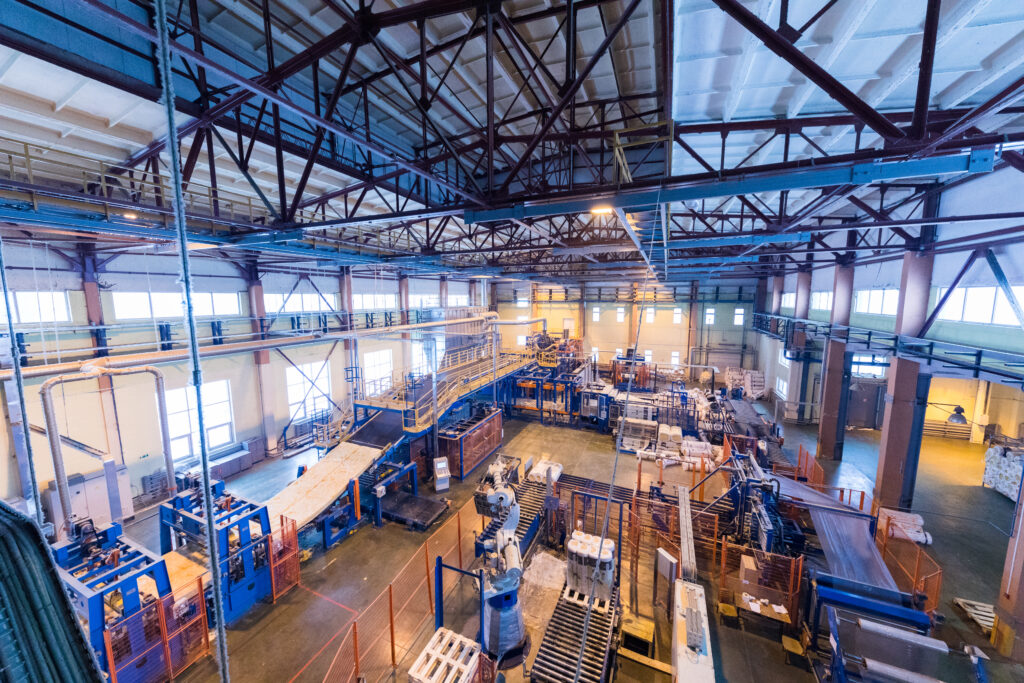
Revolutionizing Precision: Exploring the Advancements in Shearing Machines

Introduction:
In the ever-evolving landscape of industrial manufacturing, shearing machines have emerged as a critical tool for achieving precise cuts in various materials, ranging from metals to textiles. These machines play a vital role in shaping industries and enabling the creation of intricate components that drive modern production processes. This blog post delves into the world of shearing machines, highlighting their significance, recent technological advancements, and their impact on different sectors.
The Evolution of Shearing Machines:
Tracing the historical development of shearing machines unveils a remarkable journey from manual labour to automated precision. Early iterations of these machines required significant human effort and lacked the precision demanded by today’s industries. Explore the fascinating timeline of shearing machine evolution and how technological breakthroughs have reshaped their capabilities.
Types of Shearing Machines:
Delve into the diverse array of shearing machines available in the market today. Hydraulic, mechanical, and electric shears each offer unique advantages and applications. Readers will gain insights into the principles behind each type, their operational mechanisms, and the types of materials they are best suited for.
Precision Engineering:
Technological Advancements:
The advent of digitalization and automation has catapulted shearing machines into a new era of efficiency and accuracy. Explore recent technological advancements, including computer numerical control (CNC) integration, real-time monitoring, and predictive maintenance. Discuss how these innovations enhance productivity, reduce waste, and contribute to overall cost savings for manufacturers.
Applications Across Industries:
Hydraulic Shearing machines have diverse applications across industries such as automotive, aerospace, textiles, and construction. Dive into case studies that showcase the pivotal role of shearing machines in each sector. From creating complex components for aircraft to shaping raw materials for architectural projects, the versatility of shearing machines knows no bounds.
Challenges and Future Prospects:
No technology is without its challenges. Examine common issues faced by manufacturers when using shearing machines, such as material deformation, blade wear, and maintenance complexities. Additionally, speculate on the future of shearing machines, considering potential advancements in materials science, automation, and artificial intelligence that could further revolutionize the industry.
Safety Measures and Operator Training:
Safety is paramount in any industrial setting. Describe the safety features incorporated into shearing machines to protect operators and prevent accidents. Emphasize the importance of proper training for machine operators, detailing the skills and knowledge required to operate shearing machines effectively and safely.
Maintenance and Longevity:
Shearing machines, like any machinery, require regular maintenance to ensure optimal performance and longevity. Explain the key maintenance practices that manufacturers should follow to keep their shearing machines running smoothly. Provide insights into routine inspections, blade maintenance, lubrication, and the role of predictive maintenance techniques.
Case Studies:
Real-World Applications: Share real-life examples of companies that have harnessed the power of shearing machines to achieve remarkable outcomes. Whether it’s a textile manufacturer creating intricate patterns, an automotive plant producing precision components, or a construction company shaping metal beams, these case studies can illustrate the practical impact of shearing machines.
Industry Trends and Innovations:
Stay up-to-date with the latest trends and innovations in shearing machine technology. Discuss emerging developments such as laser-assisted shearing, integration with robotics, and advancements in blade materials. Speculate on how these trends could shape the future of shearing machines and the industries they serve.
Benefits of Using Shearing Machines:
Precision Cuts: Shearing machines offer unparalleled precision in cutting various materials, ensuring consistent results that meet strict quality standards.
Speed and Efficiency: Automated shearing machines can quickly process large quantities of material, reducing production time and increasing overall efficiency.
Material Savings: The precise nature of shearing minimizes material wastage, leading to cost savings and more sustainable manufacturing processes.
Versatility: From thin sheets of metal to thick plates, shearing machines can handle a wide range of materials and thicknesses, making them versatile tools in various industries.
Reduced Manual Labor: Modern shearing machines have significantly reduced the need for manual labour, improving workplace safety and minimizing the risk of human error.
Conclusion:
Shearing machines have undoubtedly transformed the manufacturing business landscape, enabling precision and efficiency that were once thought impossible. As technology continues to evolve, these machines will likely play an even more significant role in driving innovation across industries. By exploring their evolution, mechanics, applications, and future prospects, we gain a deeper appreciation for the pivotal role shearing machines play in shaping the world around us.